|
Masturbation: the solitary vice, self-pollution, Onanism was a subject of considerable interest to the Victorian medical establishment. Victorian medicine believed that a loss of semen was seriously injurious to health, and that a man must spill his 'essence' sparingly by avoiding fornication, masturbation, and by limiting sex within marriage. Numerous anti-masturbation devices were available to prevent ‘nocturnal emissions’, or to stop young boys interfering with themselves. Physicians are recorded as applying acids, needles and electric shocks to the penile shaft in an attempt to cure what was then known as ‘spermatorrhea’ (weakness caused by loss of semen.) Sparse diets were recommended to subdue lust, and purity crusaders, such as John Harvey Kellogg (1852-1943), manufactured plain cereals to suppress urges. Kellogg argued that masturbation could cause "cancer of the womb, urinary diseases, nocturnal emissions, impotence, epilepsy, insanity, and mental and physical debility’ (Kellogg, 1877). For further discussion on seminal weakness please read Come as you are: a history of seminal suicide in Kate's Journal.
This extract of the 1830 French text Le Livre Sans Titre graphically illustrates the withering effect of 'self pollution' on the body.
0 Comments
Leave a Reply. |
Sex History ContentsIf you would like to submit an article, please fill out a submission on the Contact page Archives
September 2020
|
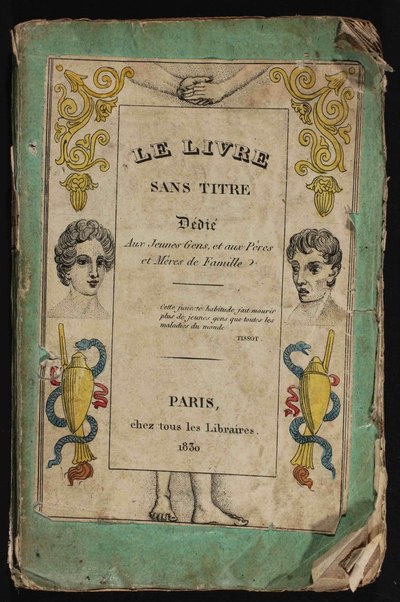
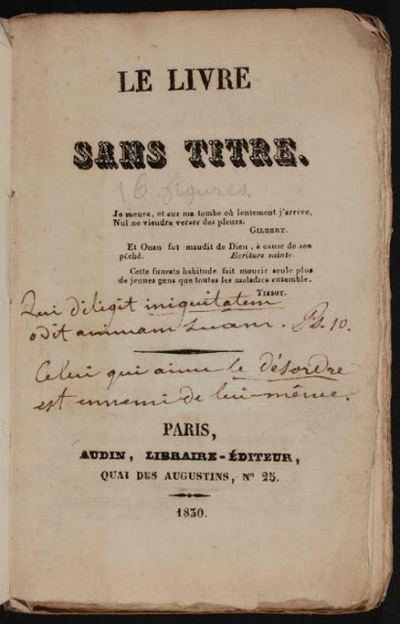
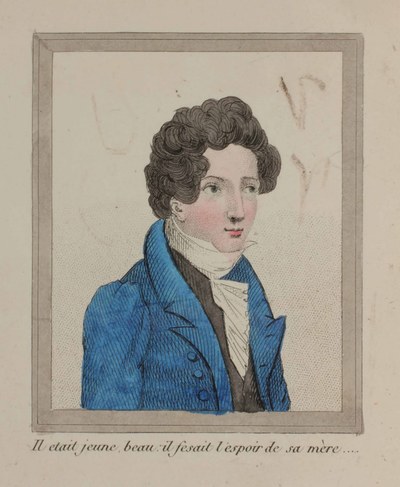
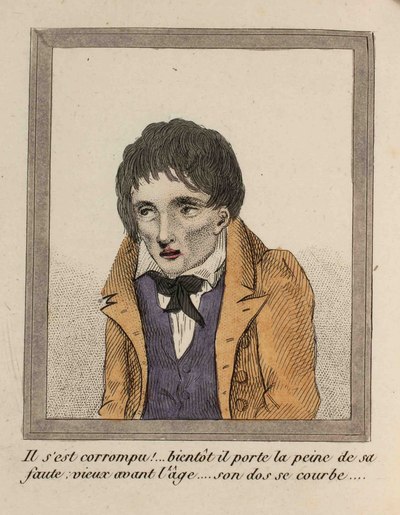
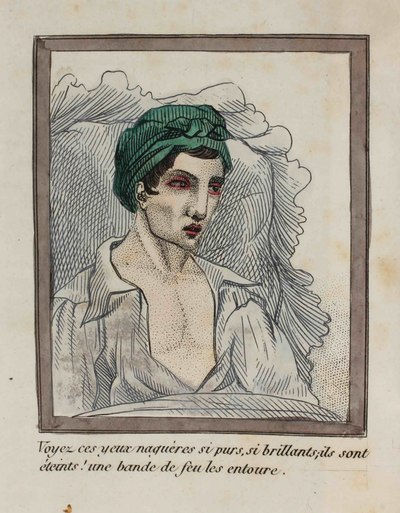
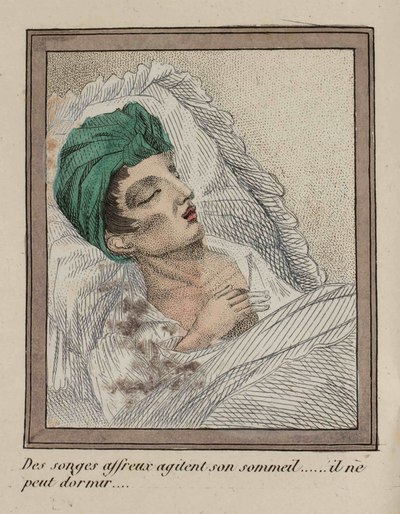
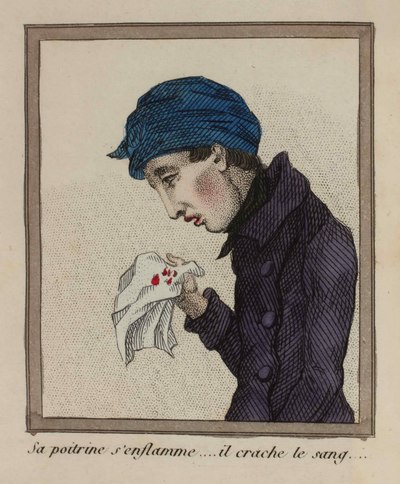
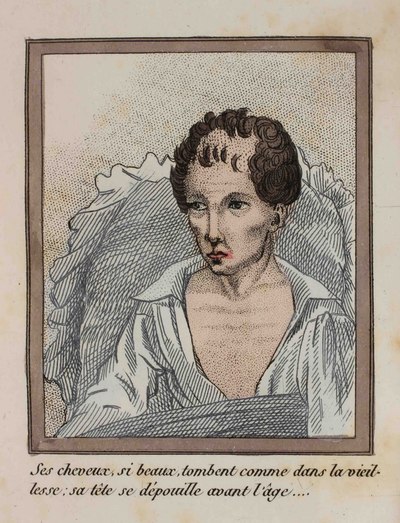
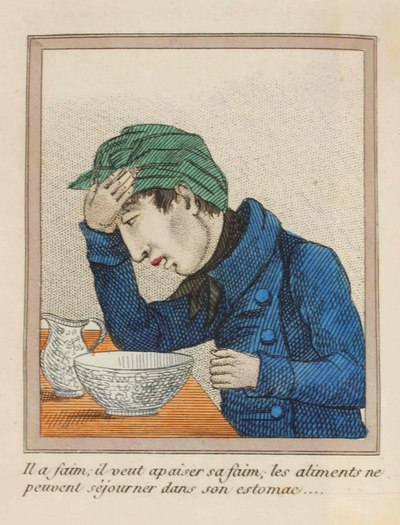
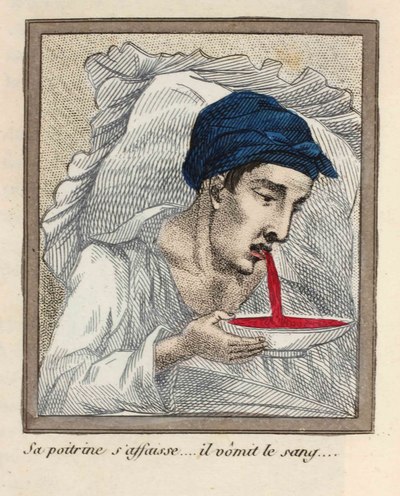
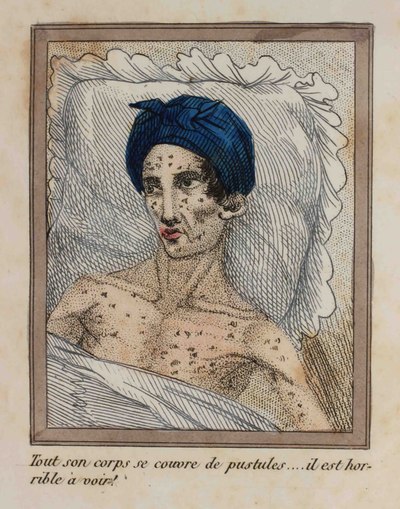
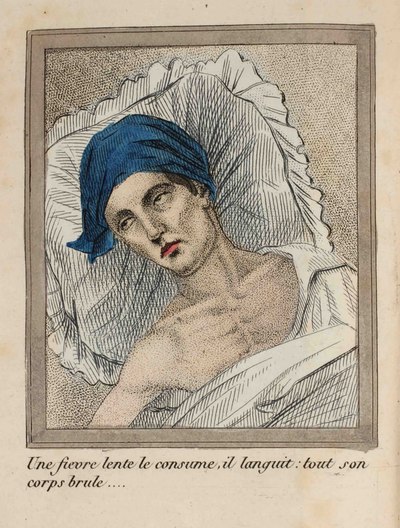
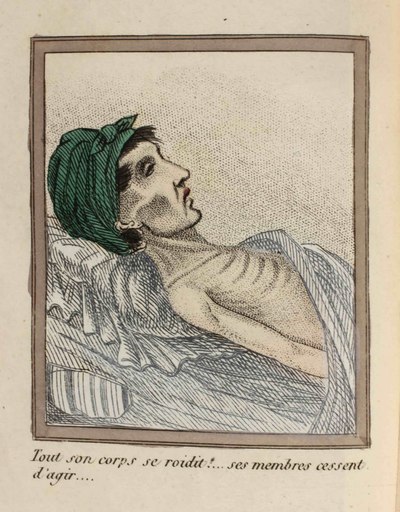
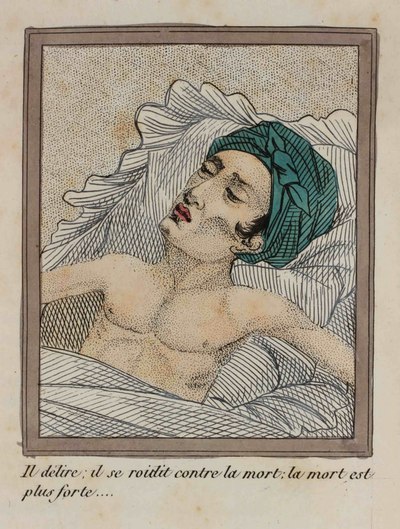
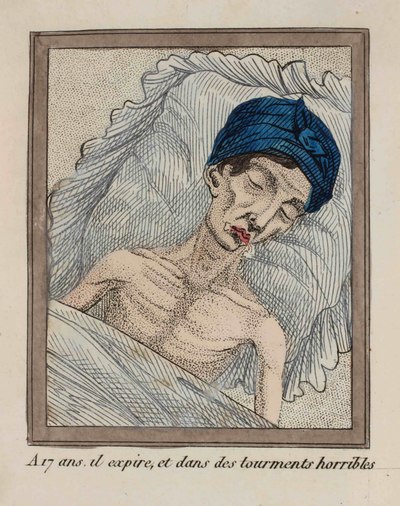
 RSS Feed
RSS Feed